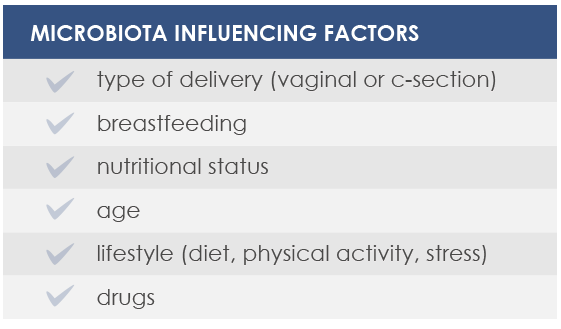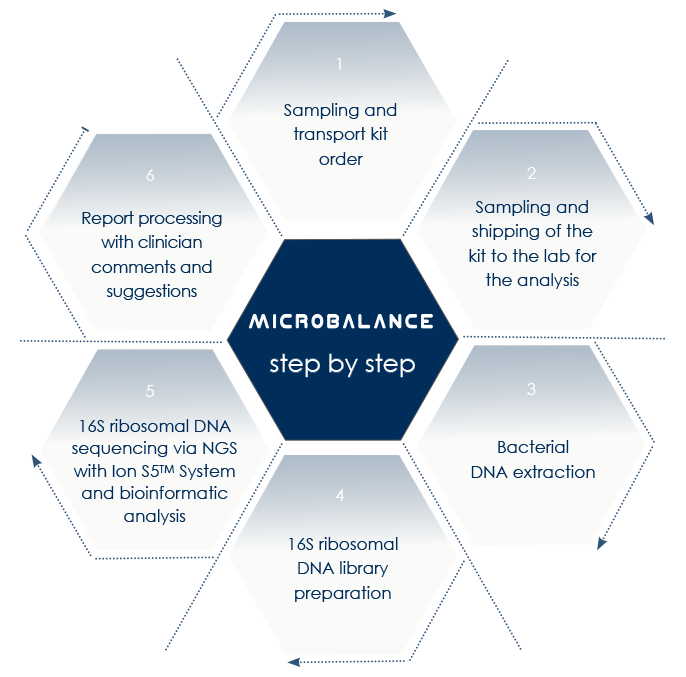The organism is not a sterile environment: both on its surface and inside, a great variety of microbes are present, with which it coexists peacefully.
These microbes (bacteria, fungi, protozoa, and viruses) help determine the health condition. Together they are called microbiota and include 100 trillion (billions of billions) bacteria. The whole genome of all these microorganisms is known as the microbiome.
The human microbiota lives in different parts of the body: in the oral cavity, in the stomach, in the small intestine and in the colon; in the ears; in the nose and lungs; in the urinary tract; in the vagina and also on the skin.
When we talk about the gut microbiota, we refer in particular to the microbes that live in the gut, a community that is about 10 times more abundant than the human cells of the body and whose genome (the gut microbiome) contains 100 times more genes than the human genome.
This community, also known as “intestinal flora”, is concentrated mainly in the colon, where 100 billion bacteria are found in every gram of intestinal content.
The set of microbes that live in the vagina is called the vaginal microbiota. Their genome is the vaginal microbiome.






